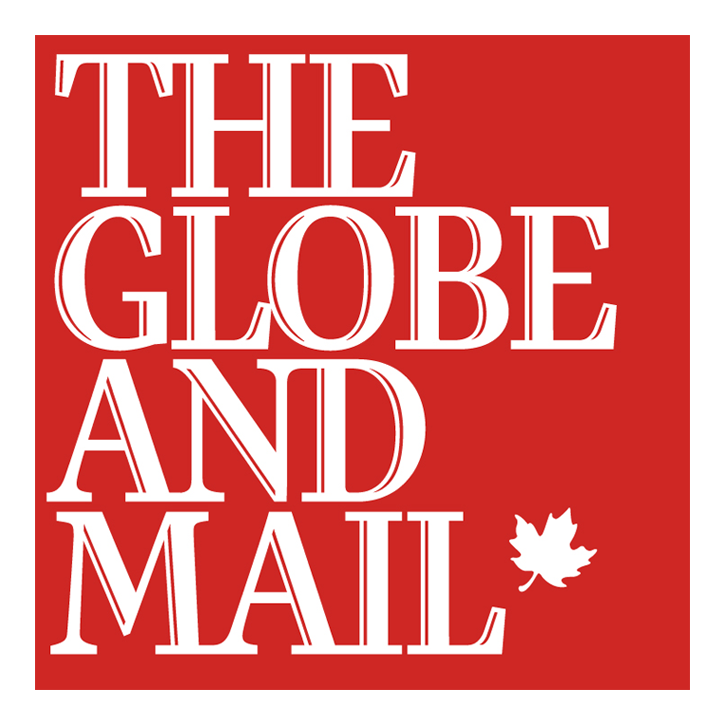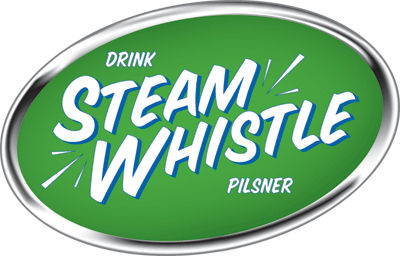Kraft Peanut Butter sticks together
For decades, Kraft Peanut Butter (KPB) has been a staple in Canadian pantries; however, with new competitors regularly showing up on shelves, the category was quickly becoming commoditized.
In order to sell more peanut butter, Taxi needed to figure out a way to make Kraft distinct from the competition in a way that was meaningful for its target, millennial parents.
To understand how KPB had become a national icon in the first place, Taxi talked to Canadians and discovered that many saw peanut butter as more than just food — for many, it brought to mind notions of unity.
Taxi explored the concept of togetherness and how it has evolved over the past few decades, which provided the inspiration for a new brand purpose for KPB that was ambitious and distinctive: it exists to create meaningful connections in Canadians' lives.
2014 marked the start of a brand overhaul for KPB, leveraging the iconic bears from the logo and elevating the brand purpose to tell a story of how KPB helps Canadians come together.
The "Stick Together" campaign brought Kraft's much-loved teddy bears from the jar and put them front and centre to serve as its icons of togetherness. The hero TV spot, "Lifelong Love" utilized the bears to tell the story of growing up and the importance of staying connected to the ones we love through the years.
A "Friends Forever" short video also announced to Canadians that they could now get their own plush bears, "Crunchy" and "Smoothy" online.
Then there was "Storytime," a documentary-style piece that showed the life of a typical Canadian family and the struggles moms face raising kids with infinite demands on their time.
"Lifelong Love" introduced the new brand purpose to Canadians. It far surpassed industry norms on several key metrics including driving a 91% purchase intent and a 89% ROI (vs. industry average of 54%).
Following a year where KPB had lost share to its competitors, Kraft was able to turn around the business and achieve the brand's highest penetration ever with an increase of 1.6%. It was also able to achieve this growth in a year where overall category penetration went down.














